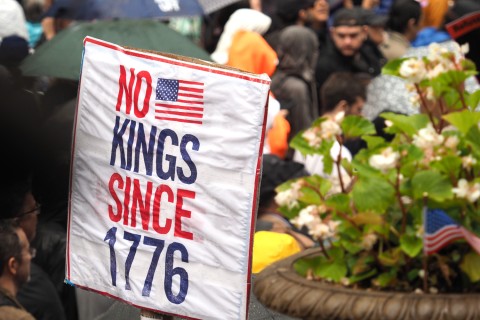With ISIS execution, Syria loses key guide to Palmyra's ancient treasures
(The Christian Science Monitor) Long before the self-described Islamic State took over the ancient city of Palmyra, archaeologist Khaled al-Asaad had put the magical desert ruins on the map.
“This is a man who devoted his life to Palmyra and preserving its heritage,” said Jean-Marie Le Tensorer, a University of Basel professor and Swiss archaeologist who first met Asaad in 1982. The two colleagues last spoke in May, right after IS militants seized Palmyra.
On Tuesday, those militants beheaded the 82-year-old expert, who introduced dignitaries and archaeologists from across the world to the monumental treasures that lie in the heart of Syria. They put his body on display behind a banner labeling him an “apostate” and listing his offenses, which included “representing Syria at infidel conferences,” visiting Iran, and being in contact with high-ranking regime officials.





